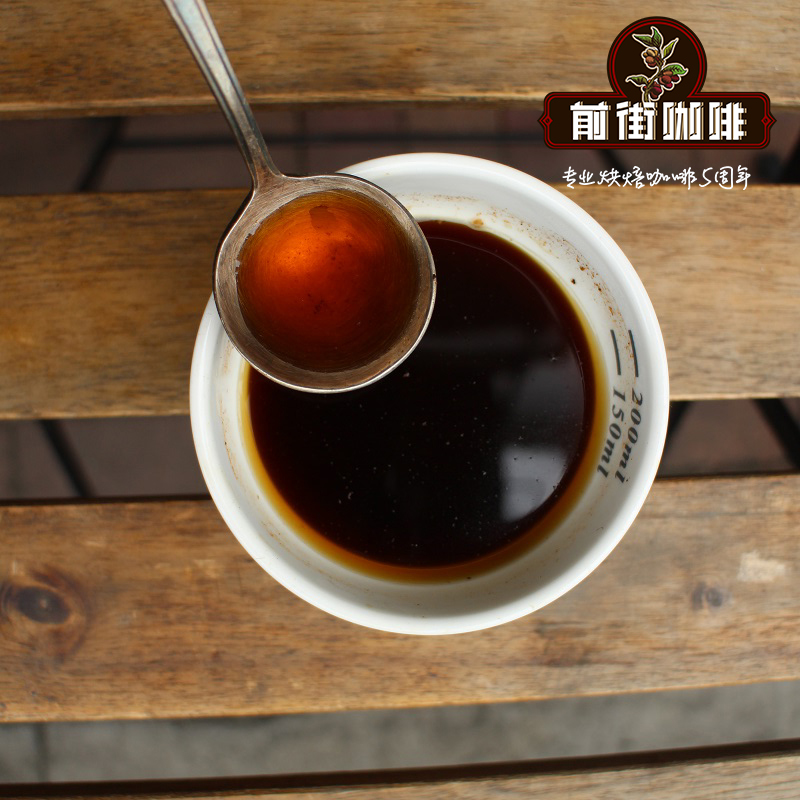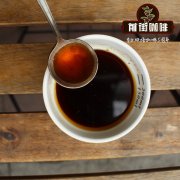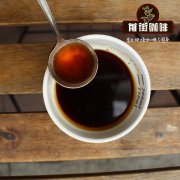The correct way to drink Turkish coffee how to drink traditional Turkish coffee

Professional coffee knowledge exchange more coffee bean information please follow the coffee workshop (Wechat official account cafe_style)
Coffee in the ancient Middle East, like the legendary myth of the 1001 night, is a veiled girl with a thousand faces, which can not only help get close to God, but also wash the spring of sadness. When it comes to coffee, we have to mention the Middle East (Turkey) coffee, because whether from the perspective of Islam or Christianity, the origin of coffee is in the remote and mysterious mountains of the Middle East.
After three hundred years of banning roles in Muslim religious circles in the 13th and 15th centuries, coffee was officially introduced into Turkey in the 16th century, began to be commercialized, and quickly spread to the European continent. This coffee drinking method, commonly known as Turkish coffee or Arabica coffee, which is popular in Greece, Eastern Europe, the Middle East, and North Africa, still retains the mystery of early religious rituals.
The practice of traditional Turkish coffee is to grind thick black coffee beans into fine powder, put sugar and cold water into a red copper coffee brewer like a deep spoon (IBRIK), cook slowly over low heat, after repeated stirring and adding water, about 20 minutes later, a small cup of 50cc fragrant and strong coffee is finished.
As the local people drink coffee is not filtered, this cup of coffee, which is as thick as broth, is poured into the cup, with sticky foam on the surface and dregs at the bottom of the cup. In the Middle East, being invited to someone's house for coffee represents the most sincere respect of the host, so in addition to praising the mellow coffee, guests should also remember not to drink water even if they are full of dregs, because it implies that the coffee is not good. Arabs drink coffee slowly, and they even have a set of exquisite coffee ways, just like the Chinese tea ceremony, when drinking coffee, they not only burn incense, but also sprinkle spices and smell incense, and have a dazzling array of coffee pot utensils. it is even more full of Arabian Nights style. A cup of Middle Eastern coffee with cloves, cardamom and cinnamon is full of fragrance when it is hot. No wonder Arabs praise it: musk attracts the heart and soul.
Important Notice :
前街咖啡 FrontStreet Coffee has moved to new addredd:
FrontStreet Coffee Address: 315,Donghua East Road,GuangZhou
Tel:020 38364473
- Prev

How would you like your Turkish coffee? The correct way to open Turkish coffee
For more information on coffee beans, please follow the coffee workshop (Wechat official account cafe_style) Turkish coffee is the prototype of hand-extracted coffee. Before filter paper and siphon, coffee was brewed in hand pots, first stewed by Arabs in a Dallah pot with an outlet such as a big-billed bird, and then slowly evolved to the Turks with a small pot with a long handle (Cezve).
- Next

How to drink Turkish coffee? Anecdotes about Turkish coffee
Professional coffee knowledge exchange More coffee bean information Please pay attention to coffee workshop (Weixin Official Accounts cafe_style) Drinking coffee in Turkey, never drink it all! Not only is a small cup not enough to drink, but it can't be drunk to the end! The reason is that Turkish coffee is not filtered coffee powder, Turkish coffee brewing method must first grind coffee beans into powder, in the handle metal
Related
- Beginners will see the "Coffee pull flower" guide!
- What is the difference between ice blog purified milk and ordinary milk coffee?
- Why is the Philippines the largest producer of crops in Liberia?
- For coffee extraction, should the fine powder be retained?
- How does extracted espresso fill pressed powder? How much strength does it take to press the powder?
- How to make jasmine cold extract coffee? Is the jasmine + latte good?
- Will this little toy really make the coffee taste better? How does Lily Drip affect coffee extraction?
- Will the action of slapping the filter cup also affect coffee extraction?
- What's the difference between powder-to-water ratio and powder-to-liquid ratio?
- What is the Ethiopian local species? What does it have to do with Heirloom native species?

